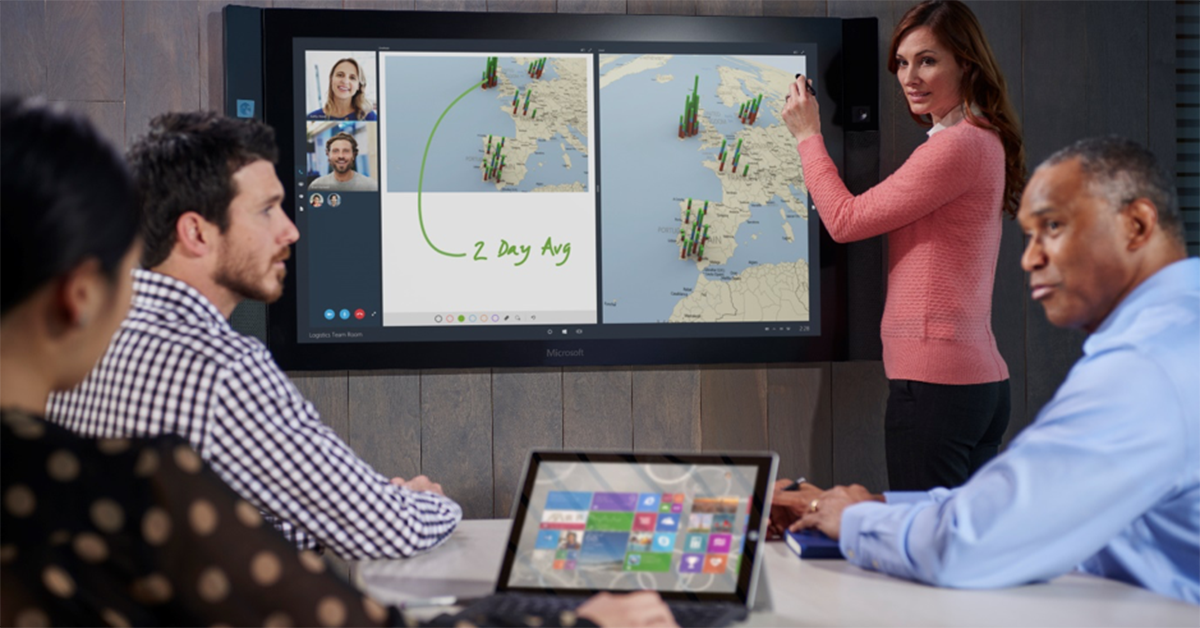
Three Keys to Selecting a Winning Technology Design Team
As organizations embark on technology projects, the overarching goal of realizing a compelling and genuinely immersive experience is quite common. However, the ability to take a project from conception to completion starts with having the right design team in place. Let’s look at some critical aspects to consider when selecting a winning technology design team.
1. Experience matters. Finding a technology partner with experience and technical expertise should always be at the top of the list. Our 50 plus years of experience in technology is where I feel we provide the most value to our clients. Our job as technology design consultants is to stay up to speed with the latest technological innovations, not just technological trends.
As multi-discipline technology design consultants, Electrosonic provides expertise for audiovisual and control systems, information and communications technology (ICT), security surveillance and access control systems, as well as acoustics. These four disciples have historically been isolated from one another. Yet, the recent convergence of technology has created an ecosystem where these systems and components are converging into a holistic and expansive network. Successful design teams need a keen understanding of network infrastructure including limitations for bandwidth, distance, and throughput.
As technology systems continue to converge, the drivers of infrastructure and system design are bandwidth and throughput. The demand for video collaboration in today’s business landscape requires increased bandwidth – and this need plays a significant role in our designs. The pervasive use of video is a prime example. Skype, flexible working arrangements and distance learning all rely heavily on video. Understanding how a company is going to operate both now and in the future plays a crucial role in the proper design of a network to support the wide range of technology systems that we design. From audiovisual and control systems, to security, surveillance and access control, to ICT, bandwidth is a driving factor.
2. Cost considerations. Companies should spend time weighing cost and value in addition to budget. Regardless of financial constraints, the goal should always be to get the best overall value from the investment that is being made.
It’s important to recognize that the lowest bid does not always signify the most qualified bid. There’s a fine line between value and cost, which is sometimes overlooked because of budget constraints. Typically, what happens is that a design does not meet the expectations of a client, because the selection of a low-cost designer does not offer the value and expertise required. Being a technical leader that understands how to design within our clients’ budget can pay significant dividends for everyone involved and to the success of a project.
Selecting a partner who can play a leadership role in developing a technology master plan can ultimately reduce design and installation costs, coordination efforts, as well as the long-term cost of ownership for each system.
3. Timely delivery. Schedule is a critical element on every project. Can the team deliver within the specified project time frame? Succeeding here goes back to experience, and the partner’s willingness to spend time upfront to understand the clients’ expectations.
It is very important to listen and collaborate with our clients before embarking on the design. Listening is perhaps the most crucial aspect of what we do because it provides valuable insight into our clients' vision, the “what if” situations, as well as growth, performance and usage expectations. Collaboratively talking through the project upfront ultimately enables our team to design a more robust infrastructure and systems that are scalable throughout the project lifecycle. Because we take the time upfront to understand our client’s expectations, we can design systems that not only meet, but often exceed expectations.
A common fail point in project installations is when the installation contractors or integrator try to buy down a design. This hampers the ability to achieve the vision and expectations of our client. To counteract these situations, we can guide the installation process as the technical owner representative for our clients. This helps avoid the use of inferior equipment that would lessen the performance capabilities of each system that we design. As technical owner representatives, we stay engaged with the client and contractor throughout the installation process, through testing and commissioning, to ensure that each system is installed as designed to meet our client’s expectations.
Bottom line: Planning a technology project or upgrade is a significant investment for our clients. Our goal is to partner with our clients to guide and advise them on the best way to achieve the long-term goals for their organization. Finding an experienced technology partner who can deliver value and expertise within budget can make a significant impact to the overall success of a project. Before investing, take the time to ensure that your partner’s experience and capabilities properly align with your project needs, schedule, and budget.
Chris Kratochwill
Chris Kratochwill, Design Consulting Manager at Electrosonic, writes with insider knowledge on what it takes to bring visions to reality. He has more than 25 years’ experience working with end-users, architects and planners to design award-winning experiences for multi-million-dollar projects in the leisure and hospitality sector.










.jpg?width=1500&height=995&name=ELC501_N17_medium%20(1).jpg)








































































































































































































